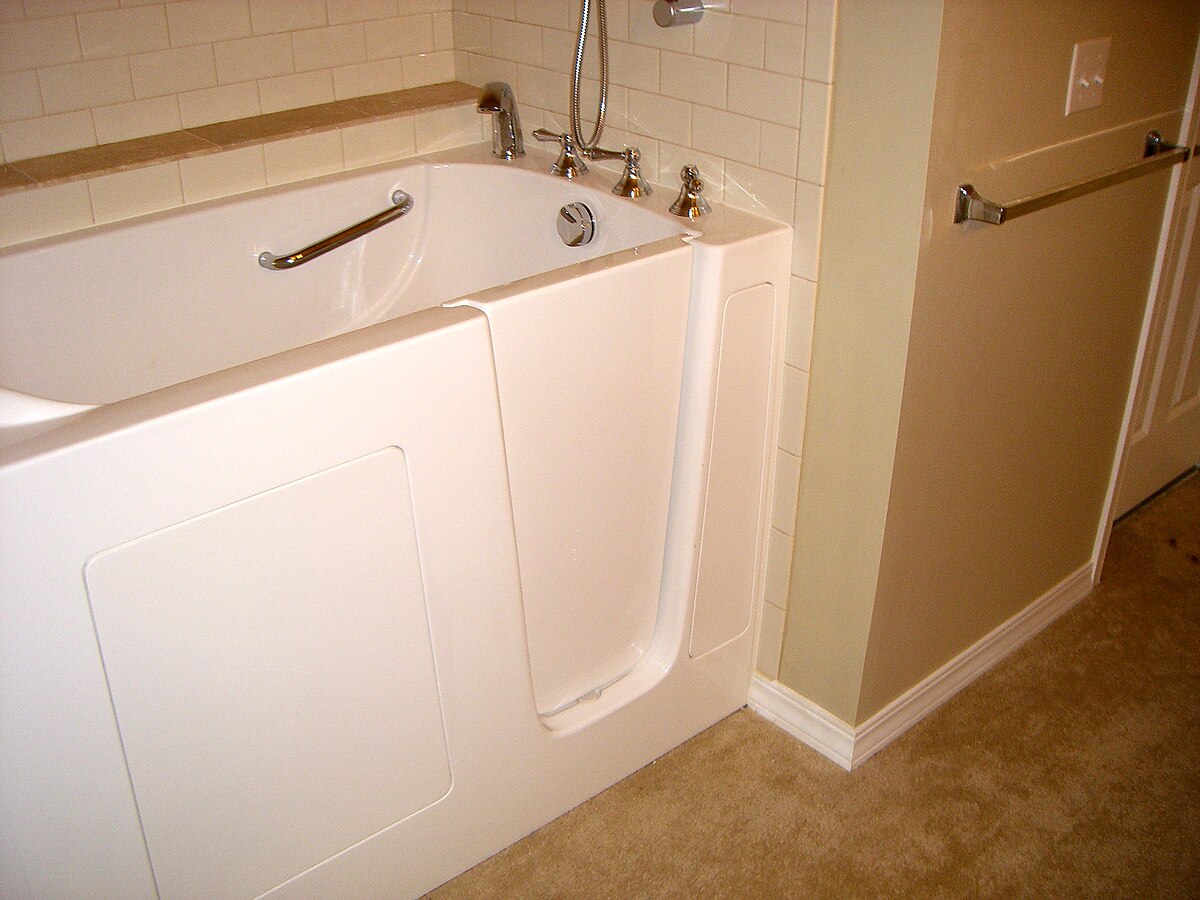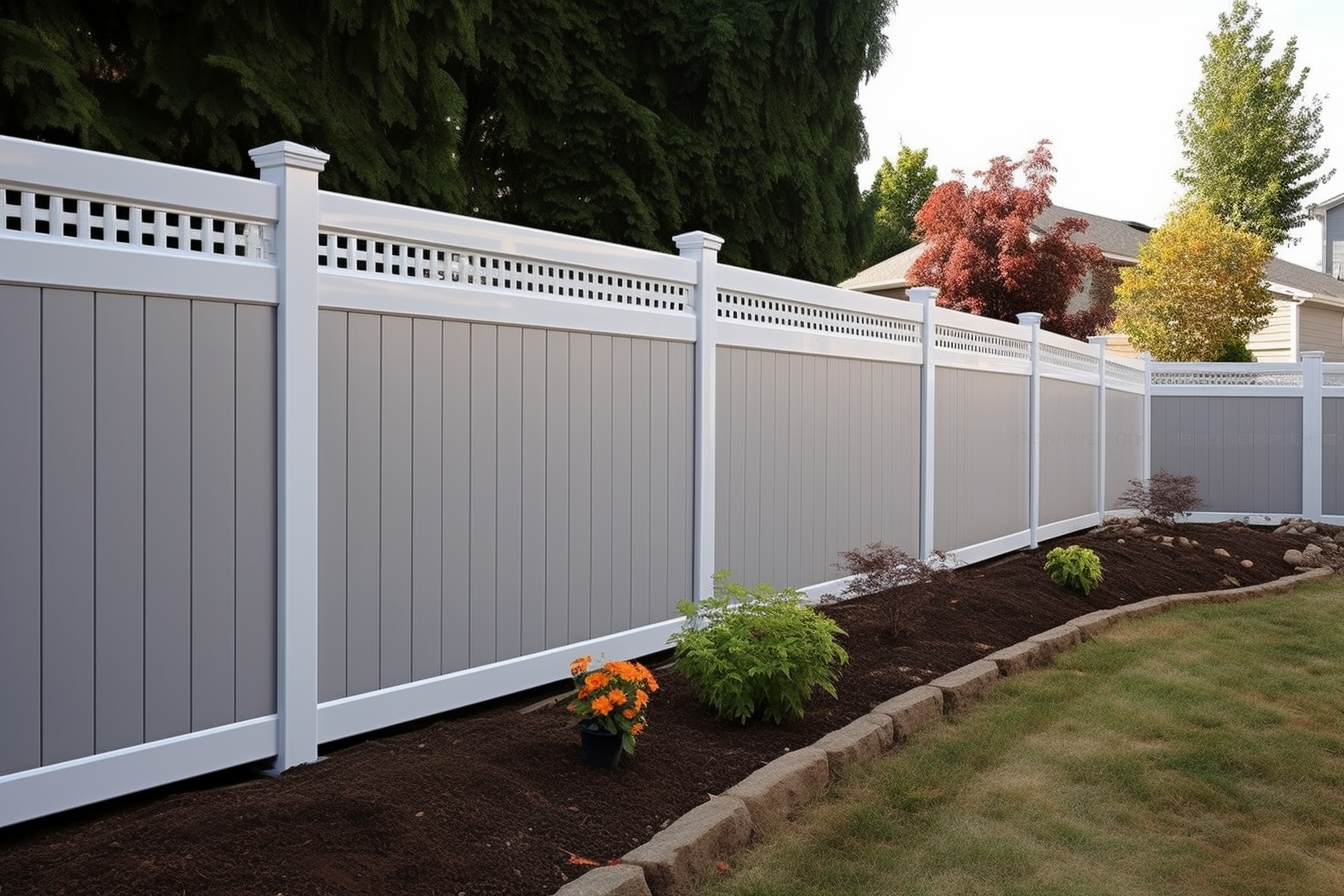Choosing walk-in baths for seniors in the United Kingdom: safety, accessibility, pricing and therapeutic benefits
Bathroom falls are a leading cause of injury among older adults; could a walk-in bath reduce that risk? This guide sets out what seniors in the United Kingdom should weigh up when choosing a walk-in bath in 2025: the different types, safety elements, accessibility fittings, VAT and funding considerations, plus therapeutic benefits.
Types of walk-in baths and who they suit
Walk-in bathing options come in a variety of designs. The right choice depends on the user’s mobility, the bathroom’s layout and whether hydrotherapy is wanted.
- Sit-in walk-in baths: Shorter than conventional baths, these keep users upright on a moulded or contoured seat. They work well for seniors with back pain, arthritis or reduced strength because they minimise bending and reduce sliding risk.
- Full-length walk-in baths: Offering a longer bathing surface, these are better for users who want more room or who plan to use an independent bath lift. They suit households with multiple users or those who prefer to stretch out.
- Compact walk-in baths: Narrow units (commonly around 660mm or 750mm wide) are intended for smaller bathrooms and for users needing a low entry point. They frequently have inward-opening watertight doors to save space.
- Walk-in bath + shower combos: These provide the safety of a bath and the convenience of a shower in a compact footprint.
- Walk-in showers and wet rooms: For wheelchair users or people needing level access, a walk-in shower or a wet room (no step-in tray) may be a more suitable accessibility solution than a bath.
Match the type to the user’s mobility profile, the available floor area and whether jets or a bath lift will be needed.
Key safety features to prioritise
When comparing models, focus on features that lower fall risk and support independence:
- Low entry thresholds to make stepping across easier.
- Secure handrails placed for transfers and standing support.
- Stable seats — contoured moulded or wall-mounted seats help prevent sliding.
- Non-slip surfaces (or the option to add slip-resistant matting).
- Watertight, easy-to-operate doors with dependable seals.
- Emergency access considerations: outward-opening doors are generally easier to open in an emergency; sliding doors save swing space but check how they operate in a rescue.
- Temperature controls and thermostatic mixers to avoid scalding.
- Good lighting, reachable controls and accessible tap/shower fittings.
Ask an installer for guidance on rail placement, seat height and door orientation so the layout fits the user’s abilities and the bathroom constraints.
Therapeutic features and who benefits
Many walk-in baths include hydrotherapy options that can deliver real physical and psychological benefits:
- Air jets or whirlpool systems create heated air bubbles or water jets that massage the feet, legs, back and shoulders.
- Users report benefits such as reduced muscle tension, improved circulation, relaxation, stress relief and possible improvements in sleep.
- These features can be particularly beneficial for seniors with arthritis, chronic pain or circulation issues.
Bear in mind that therapeutic outcomes depend on system design, session length and any medical conditions. If you have serious cardiovascular or skin conditions, consult a healthcare professional before beginning regular hydrotherapy.
Accessibility fittings and practical use in the home
Practical fittings make everyday use safer and easier:
- Contoured low-level seats lower the effort needed for transfers.
- Wall-mounted or freestanding shower seats add versatility.
- Models compatible with bath lifts or transfer aids can remain usable as mobility changes progress.
- For wheelchair users, consider level-access wet rooms or walk-in showers with wide sliding doors and suitable seating options.
- Engineers and installers can recommend ideal seat and grab-rail positions during a home survey — obtain their input before finalising plans.
Remember most walk-in baths fill after the user enters, so plan door orientation and clearance accordingly.
Space, sizing and installation considerations
Careful measurement and planning are essential before you choose a model:
- Compact models are commonly available around 660mm and 750mm widths for small bathrooms.
- Full-length units require more floor space and can affect the position of other fixtures.
- Sliding doors help where swing clearance is limited; outward-opening doors are often favoured for emergency access.
- Check plumbing, structural access and floor strength in advance — some installs need drainage changes or reinforcement.
- A home technical survey by a qualified assessor typically takes about 60–90 minutes and produces a written quotation; this helps identify hidden installation costs and feasibility issues.
Engaging an experienced installer early reduces the likelihood of later modifications.
Pricing, procurement and financial help in the United Kingdom
Product and installation costs vary considerably according to model, features and bathroom complexity. Rather than relying on list prices:
- Get a home technical survey and a written quotation from qualified suppliers or installers.
- Compare different models and installation methods — complexity (for example structural changes or rerouted plumbing) is a major cost driver.
- Financial help may be available via the government’s Disabled Facilities Grant (eligibility and availability vary by local authority).
- Many mobility suppliers in the United Kingdom provide surveys and written quotes to help buyers make informed choices.
Prices and availability depend on location, supplier and installation specifics; always verify current information with local suppliers and authorities.
VAT relief, eligibility and how to verify it
VAT treatment for walk-in baths in the United Kingdom hinges on the buyer’s circumstances and the product’s purpose:
- Zero-rate VAT (no VAT charged) can apply to certain goods and services that are “specially designed to help with a disability” when supplied for personal or domestic use by a disabled person who meets HMRC conditions.
- People aged 60 or over who are not disabled may qualify for a reduced VAT position on certain mobility aids that are supplied and installed together (rules and eligible items are specific).
- The product will generally need to be designed solely for use by disabled people to qualify for zero-rating; manufacturers or designers typically confirm this status.
- Suppliers should apply the correct VAT treatment at the point of sale and provide or request an eligibility declaration form. A representative (for example, a carer or doctor) can sign on behalf of a buyer unable to sign.
Actionable steps to verify VAT eligibility:
- Ask the manufacturer or retailer whether the walk-in bath is sold as “specially designed” for disabled users and what VAT treatment they apply.
- Request the supplier’s written confirmation of VAT treatment and complete any eligibility declaration during purchase.
- Do not assume you must pay full VAT and reclaim it later — suppliers should apply relief where applicable at point of sale.
- Consult HMRC guidance or GOV.UK documentation if the supplier cannot confirm VAT status.
Choosing between a walk-in bath, walk-in shower, combo or wet room
Decide based on safety priorities, therapeutic needs and available space:
- For safety plus therapeutic bathing: sit-in or full-length walk-in baths with jets are often the preferred option.
- For wheelchair or level-access needs: wet rooms or walk-in showers are usually more appropriate.
- For mixed needs or limited space: a walk-in bath + shower combo can offer both options.
- Think about future needs: a solution that works now may require adaptation later, so check whether seats, rails or bath lifts can be retrofitted.
Where possible, consult occupational therapists or mobility assessors to align the choice with clinical requirements.
Maintenance and longer-term considerations
Plan beyond the initial install:
- Regularly inspect door seals, hinges and any powered components (pumps, jets) for wear and tear.
- Wet rooms and level-access showers are often simpler to clean and can reduce carer effort.
- Ask suppliers about expected maintenance and spare-part availability before buying.
- Bear in mind VAT relief rules may differ between the initial supply/installation and later repair or replacement work; check with the supplier if VAT treatment matters to you.
Making an informed decision
To decide wisely:
- Match features to the user’s mobility and therapeutic needs.
- Measure the bathroom and consider door orientation, swing clearance and access routes.
- Obtain a home technical survey and a written quotation from reputable installers.
- Confirm VAT status and possible financial support (Disabled Facilities Grant) early on.
- Seek advice from health professionals and mobility assessors about hydrotherapy and safe transfers.
Focusing on safety features, accessibility fittings and realistic installation planning will help seniors in the United Kingdom select a walk-in bathing solution that supports independence and wellbeing in 2025.
Disclaimer: Prices, VAT treatment, funding availability and installation services vary by region, supplier and current regulations. Readers should verify current details, eligibility and quotations with local suppliers, installers and HMRC or their local authority.
Sources
- A guide to different kinds of walk-in baths and showers — Age UK Mobility (2024). https://www.ageukmobility.co.uk/mobility-news/article/a-guide-to-different-kinds-of-walk-in-baths-and-showers
- VAT reliefs for disabled and older people — Low Incomes Tax Reform Group summary of HMRC guidance (access to GOV.UK/HMRC resources). https://www.litrg.org.uk/tax-nic/taxes-transactions/value-added-tax-vat/disabledolder-peoples-vat-reliefs





